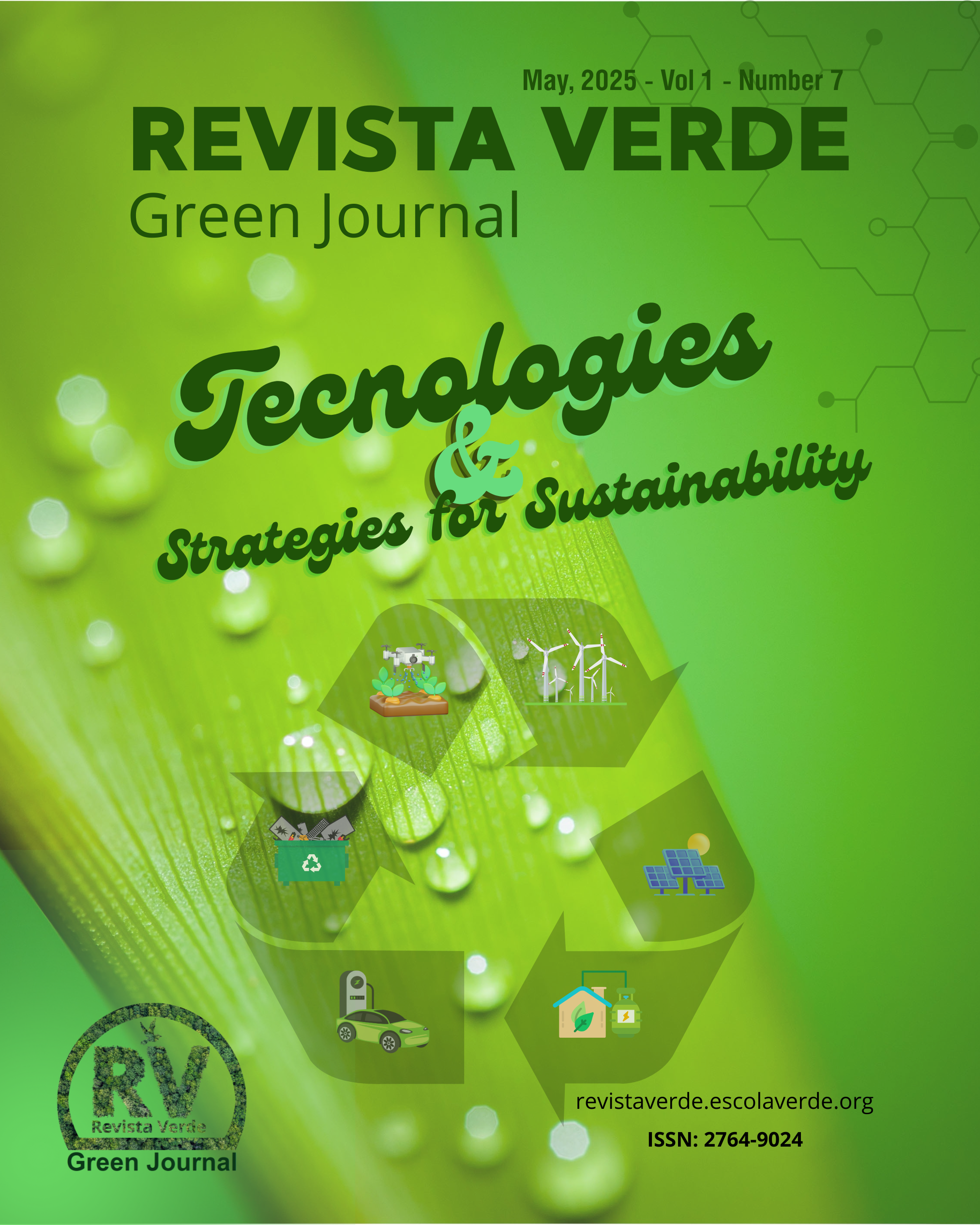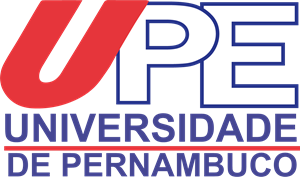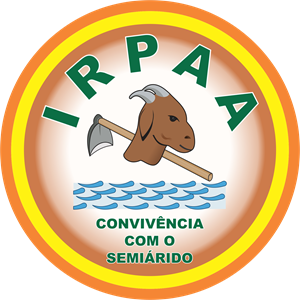Gray water and bovine manure in the cultivation of papaya seedlings
DOI:
https://doi.org/10.5281/zenodo.15116861Keywords:
Carica papaya; Seedling production; Wastewater; Organic fertilization; saline stress.Abstract
The use of more sustainable alternatives for agriculture generally leads to more fertile and responsible production. The use of wastewater and organic fertilization are practices that enable these results, provided that management practices are planned and controlled. Given the above, the present work aimed to evaluate the effect of wastewater from public laundry and different proportions of bovine manure on the production of papaya seedlings. The experiment was carried out on a rural property, in the District of Ribeira, in Cabaceiras-PB, using the fruitful Papaya Formosa as a cultivar, and the Eutrophic Red Argisol as a substrate. The experimental design used was the Completely Randomized Design (DIC), with four proportions of bovine manure (20; 40, 60, 80%), two irrigation waters (supply water (AA) and wastewater (AR)), and three replicates. The variables analyzed were: number of leaves (NF), stem diameter (DC), plant height (AP), leaf area (AF), root length (CR), total fresh matter (MFT), and total dry matter (MST). With the results obtained, it was possible to observe that the highest doses of bovine manure, confer better results of NF, DC, AP and CR, and that the high concentration of sodium present in the wastewater negatively affected the development of the crop. However, the highest doses of bovine manure mitigated the effect of salinity on the variables NF, DC and CR.Downloads
Published
2025-05-05
Issue
Section
Artigos














